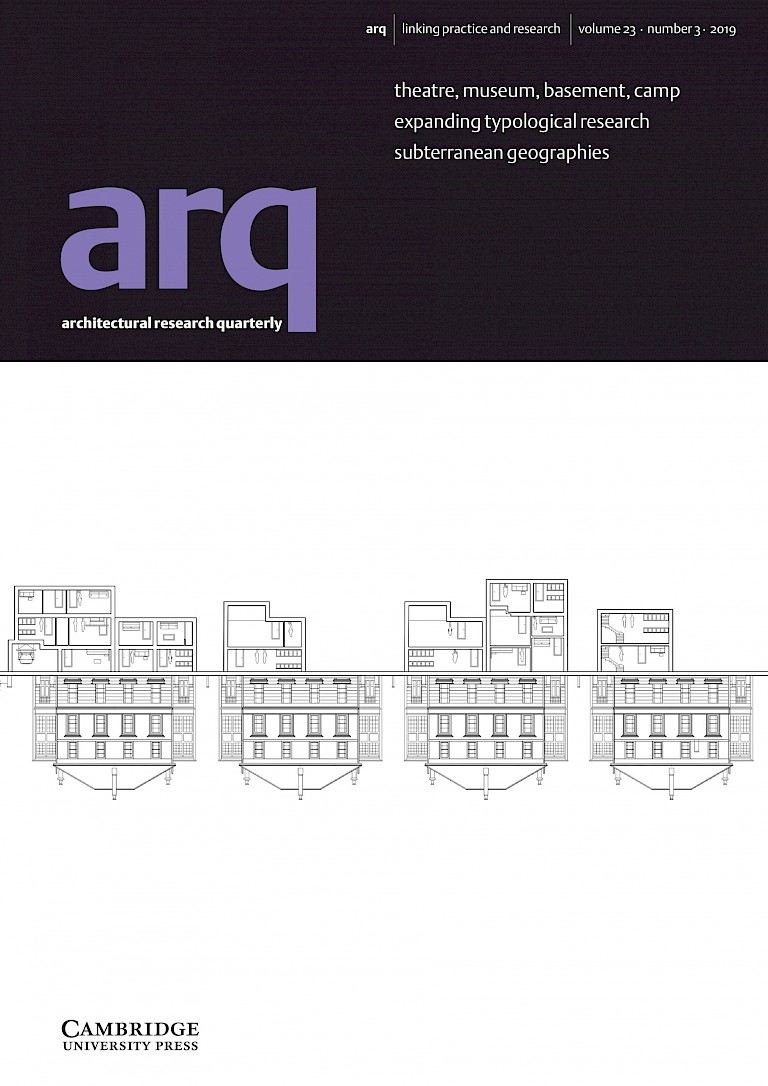
I have recently had some research published in arq: Architecture Research Quarterly (here) that I undertook with Elizabeth Holroyd (Baynes and Mitchell Architects) and Roger Burrows (Professor of Cities at Newcastle University) titled: 'Luxified Troglodytism? Mapping the subterranean geographies of plutocratic London'.
A brief summary:
The history of London has long been entwined with expansions of financial capital and the machinations of global plutocrats. However, what has happened in the decade since the global financial crisis is without precedent. London has been transformed into a city for global capital rather than one designed to meet the needs and aspirations of the majority of its denizens. The consequence of this wealth of which is perhaps most materially evident has been the appearance of a large number of ‘super-high’, ‘super-prime’ residential towers across the city. The wealth that has not found its way into the changing skylines of the city, although sometimes less visible, has still had major impacts on the socio-spatial dynamics of the built environment – mega-basements.
The global excesses of wealth, focused upon such a small fragment of the global population, now finds spatial expression in many neighbourhoods of central London. At a time when so many households face a crisis in their housing circumstances, the new subterranean geography of London is deeply symbolic of the realities of the intensification of global inequalities and their spatial expression. The architecture of luxified Troglodytism, and its geodemographic concentration in central London, deserves greater attention than it has hitherto received and we hope that this article provides a baseline description of the phenomena from which further more analytic research can develop.
The data in short:
We studied the geography of residential basement development across seven London boroughs: Camden, Hammersmith and Fulham, Haringey, Islington, Kensington and Chelsea, Westminster and Wandsworth from 2008-2017. All data was achieved through the respective planning portal and freedom of information requests and then simplified into three categories: standard, large or mega.
The data reveals that 4,650 basement developments were granted planning permission between 2008-2017 and the paper goes into detail of their location, size and contents (a diverse range including swimming pools, cinemas and car show-rooms!).